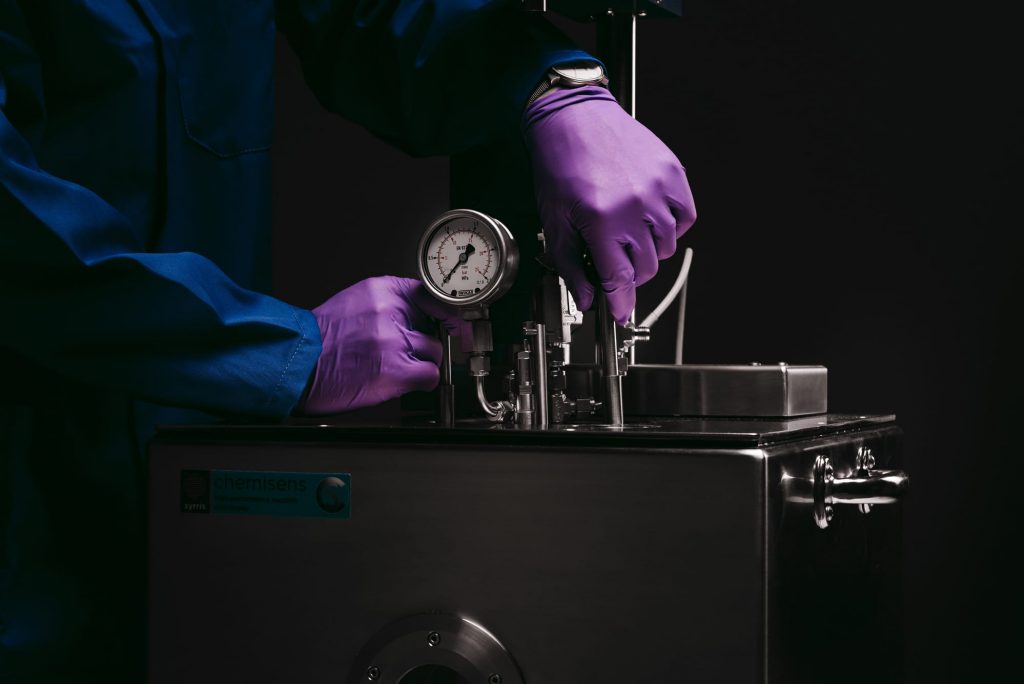Who is the reaction calorimetry webinar aimed at?
Students and experienced chemists looking to develop an understanding of reaction calorimetry. This webinar is purely a learning experience and is the first in a series of webinars covering various reaction calorimetry topics.
What does the reaction calorimetry webinar cover?
-
-
- Brief introduction
- What is calorimetry and its role in Process Development?
- Why is it important to perform calorimetric studies?
- Different types/applications of calorimetry
- Overview of reaction calorimetry
- First principles: how does it work?
- Process information data it can provide
- Interpreting the measured data
- Real life process improvement examples using reaction calorimetry
- Summary
- Live Q & A session
-
Why watch the Introduction to Reaction Calorimetry webinar on-demand?
Watching the “Introduction to Reaction Calorimetry” webinar on-demand is a great opportunity to develop your knowledge of reaction calorimetry and the role it plays in chemical safety and process optimization. We hosted a live questions and answers session at the end and have included this in the recording, but you’ll also find the answers to the questions below.
Click here to download the presentation slides
Questions and answers
At the end of the live webinar session, attendees asked some questions and they were answered live by Vit. The questions and their answers can be seen below.
-
During initial process development (up to kilo lab scale), which is preferred: adiabatic reaction calorimetry or reaction calorimetry?
During initial process development (up to kilo lab scale) the preferred path would be reaction calorimetry first, because it is necessary to fully understand and optimize the desired reactions. Adiabatic reaction calorimetry is then used to investigate undesired reactions, such as the decomposition behavior, for example. So, usually, it is preferred to perform reaction calorimetry studies first, however, it is advisable to perform a complete study of the process, involving both techniques.
-
Can you perform reaction calorimetry in crystallization reactions?
In short, yes. Crystallization reactions – such as where a solid phase is formed during the reaction, and crystallization in aqueous conditions – can be handled very easily, as usually the crystals will be suspended in a solvent of some kind, enabling the heat transfer through the sensors of the reaction calorimeter. Crystallisations are quite often investigated in reaction calorimetry and can give you data on the heat of formation of crystals, as the most important thing. You can also combine it with additional techniques, such as FBRM (particle size/distribution), FTIR, and pH measurements, to get access to more data that can be relevant for your process development.
-
What are the possibilities to investigate gas/solid reactions using calorimetric methods?
It depends on what kind of data you are after, and the system you are using. There are reaction calorimeters available that are able to measure such reactions, such as the Chemisens reaction calorimeter, where the heat of even physical processes can be investigated. A good example that has been done with the Chemisens Reaction Calorimeter is absorption/desorption studies of CO² in amine media. For your application, gas/solid interactions would depend on your reactants (and your reaction), and the ability of the system to transfer heat through the measurement sensors.
-
What is the meaning of the Hf and Hi in the webinar?
It was a simple demonstration that we calculate the change of enthalpy, not its actual value. “Hf” meant final enthalpy of the system, “Hi” is the initial value.
-
What is In situ study?
In chemistry and chemical engineering, it means performing measurements directly in the reacting mixture – for example, placing an IR spectroscopy probe directly in the reactor, providing continuous data while the reaction is going. The opposite would be offline analysis, where we take samples of our reaction mixture and analyzing them outside the reactor.
